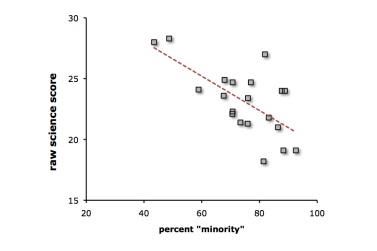Examining national science education uses a macro-level view. Studying what occurs in classrooms involves the micro-level. Our interest in schools — their organization and their leadership — operates at the meso-level. But before we could go much further, we had to identify the components of a meso-level framework. Fortuitously, school effectiveness researchers have been working at this challenge for several years. Even though our focus is on science achievement, we can draw on the intellectual foundations of others.
James Coleman suggested that social capital consists of three overlapping elements: communication networks, interpersonal trust, and organizational norms. But schools are complex organizations: there are administrators and teachers, there is “inside” the school and the necessary obligations to “outside” groups, there are opportunities to collaborate as well as incentives for competition. Essentially, we combine all the survey items that others had designed that were relevant to our project — and asked experts to judge these materials.
We asked practicing teachers, school effectiveness researchers, and science leaders to rate the items based on their alignment to one another and the accuracy with which they measured what we were after. That process cut our pool of items down by about half. We then gave these items to classroom teachers whose feedback indicated how the items could be further improved. Finally, the items were sent to a nationally representative pool of K-8 teachers and their responses were statistically analyzed. What emerged from all of this work were NINE categories of responses that are distinct from one another. These will provide the framework to guide us as we move forward on this research project.
